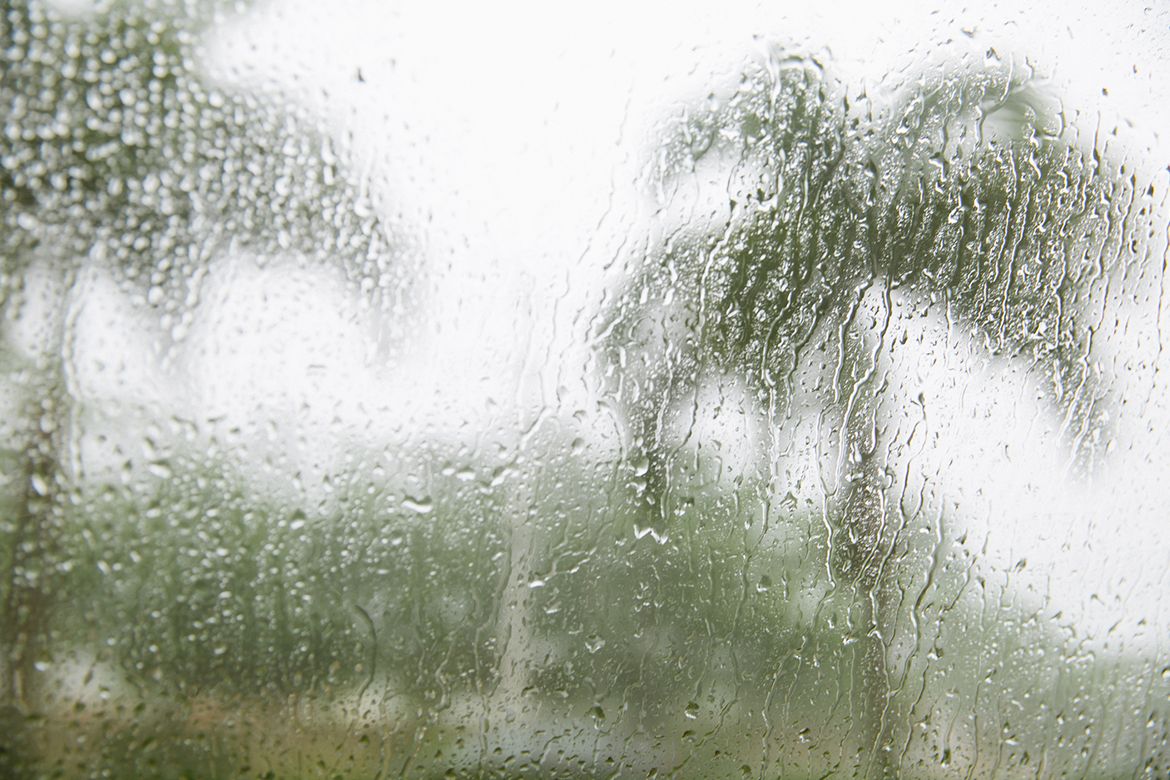As hurricane seasons become increasingly intense and unpredictable, there are many steps you can take to protect your home and loved ones. Many of the most effective hurricane preparedness measures are proactive ones.
That’s where “hardening” comes in. The process of reducing your home’s vulnerability to major storms and other threats, home hardening is a passive defense designed to safeguard your home—before it’s in the path of a storm.
In this article, we’ll explore four home hardening strategies that you can (and should!) use in advance of a hurricane to mitigate potential damage and fortify your property’s resilience in the face of a tropical storm.
Four Essential Home Hardening Strategies
Oftentimes, hurricane prevention advice delineates what to do when a storm is bearing down on you. While things like anchoring outdoor furniture and turning off your power are important measures, they’re also last-minute ones.
But you don’t have to wait until the 11th hour to be ready for a hurricane. Read on for four home hardening steps that you can take at any time to hurricane-proof your home.
1. Upgrade to High-Performance Impact Resistant Windows and Doors
When it comes to protecting your home during a hurricane, few tactics are as effective as hurricane impact windows and doors.
Specifically engineered to withstand strong winds and flying debris, impact windows and doors have special glass that reduces the risk of both breakage and infiltration. Made with either aluminum or vinyl frames and laminated glass, impact windows and doors are extremely durable and strong. As such, they also help to strengthen the structural integrity of your home.
The benefits of impact resistant windows and doors aren’t limited to storm protection. They also have unsung advantages for energy efficiency, noise reduction, security, UV protection, and comfort.
Available in many sizes, styles, and designs, impact windows and doors can also improve the curb appeal of your home as well as its resale value. You may even qualify for a discount on your homeowners insurance!
2. Retrofit your Roof
Along with windows and doors, your home’s roof is one of its most vulnerable elements during high hurricane winds. Roof retrofitting is a critical step in reducing the risk of structural damage to your home.
Roof retrofitting may involve the following:
- Roof strapping. In this process, either metal straps or hurricane clips are used to securely fasten your room and frame together to reinforce its stability and minimize the risk of your roof’s uplifting.
- Reinforcing gable ends. The triangular sections of wall supporting a roof’s two sloping sides, gable ends are especially susceptible to hurricane damage. Using either bracing or specialized hurricane-resistant materials, this process reinforces them to prevent your roof from collapsing.
- Impact-resistant roof coverings. Installing impact-resistant materials, such as metal or composite shingles, concrete tiles, or clay tiles, can increase your roof’s ability to withstand wind, debris, and other threats.
3. Invest in Whole-Home Surge Protection and/or a Generator
A common occurrence during hurricanes due to downed electrical lines, lighting strikes, and grid fluctuations, power outages can last for days, hours, or even weeks following major hurricanes.
Two related strategies for minimizing disruptions while navigating the aftermath of a hurricane? Investing in whole-home surge protection and/or a backup generator to protect your electrical system and maintain essential power supply to your home during prolonged power outages.
Whole-home surge protection safeguards your electrical system from power surges while a backup generator ensures ongoing access to electricity, including refrigeration, lighting, and medical equipment.
4. Have an Evacuation and Emergency Preparedness Plan
When a hurricane is headed your way, do you really want to be spending your time tracking down emergency contact numbers and figuring out the best evacuation routes and nearest shelters?
While not technically a home hardening measure, proactive evacuation and emergency preparedness planning can happen at any time—and is crucial to ensuring the wellbeing of your loved ones. Some steps to take include the following:
- Have a well-thought-out evacuation plan identifying where you and your family will go during a storm if you are evacuated.
- Make sure all members of your household are familiar with your evacuation plan.
- Routinely review your evacuation plan to ensure that it’s up-to-date.
- Create a hurricane emergency kit stocked with essential items like water, non-perishable food, flashlights, batteries, chargers, a first aid kit, important contact information and other documents, and medications.
- Store your hurricane emergency kit in a readily accessible location, and regularly check it to replace or replenish its contents, if necessary.
Remember, proactive hurricane preparedness is essential to optimal outcomes in the event of a major storm or other extreme weather event.
In fact, it’s never been more important to take hurricane preparedness seriously: global climate models are predicting more intense rainfall and higher storm surges due to global warming.
But while hurricanes are a fact of life in hurricane-prone regions like Florida, devastating effects don’t have to be. By taking action today to safeguard your home and loved ones against the destructive impacts of a hurricane, you’ll be several steps ahead when catastrophe does strike.
